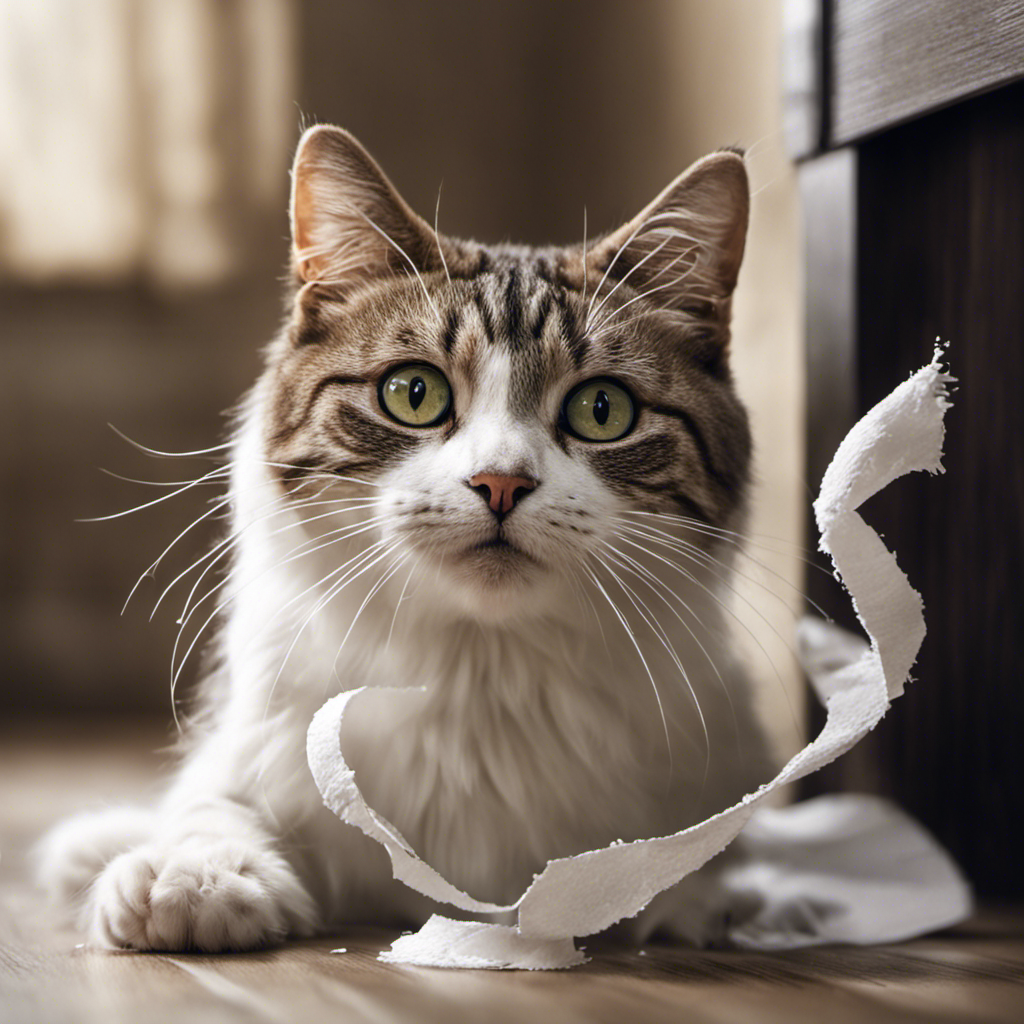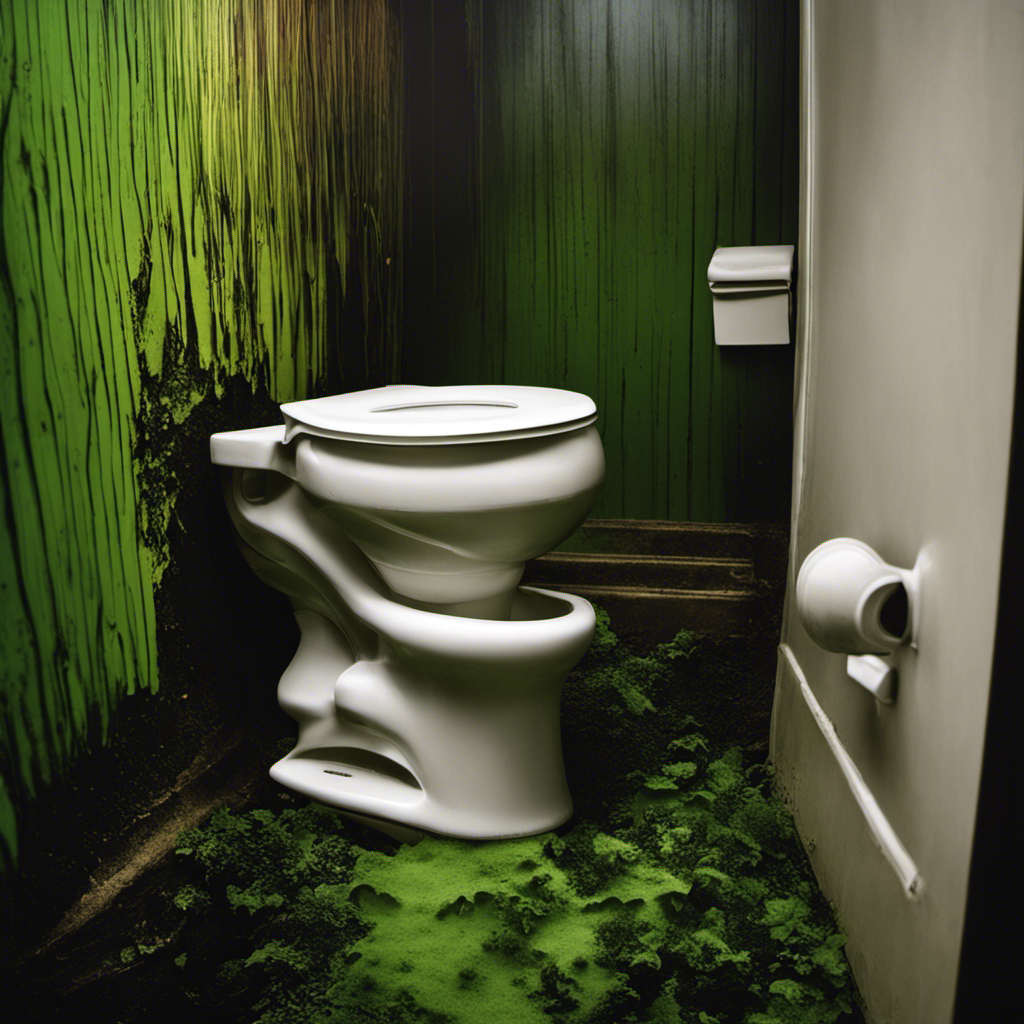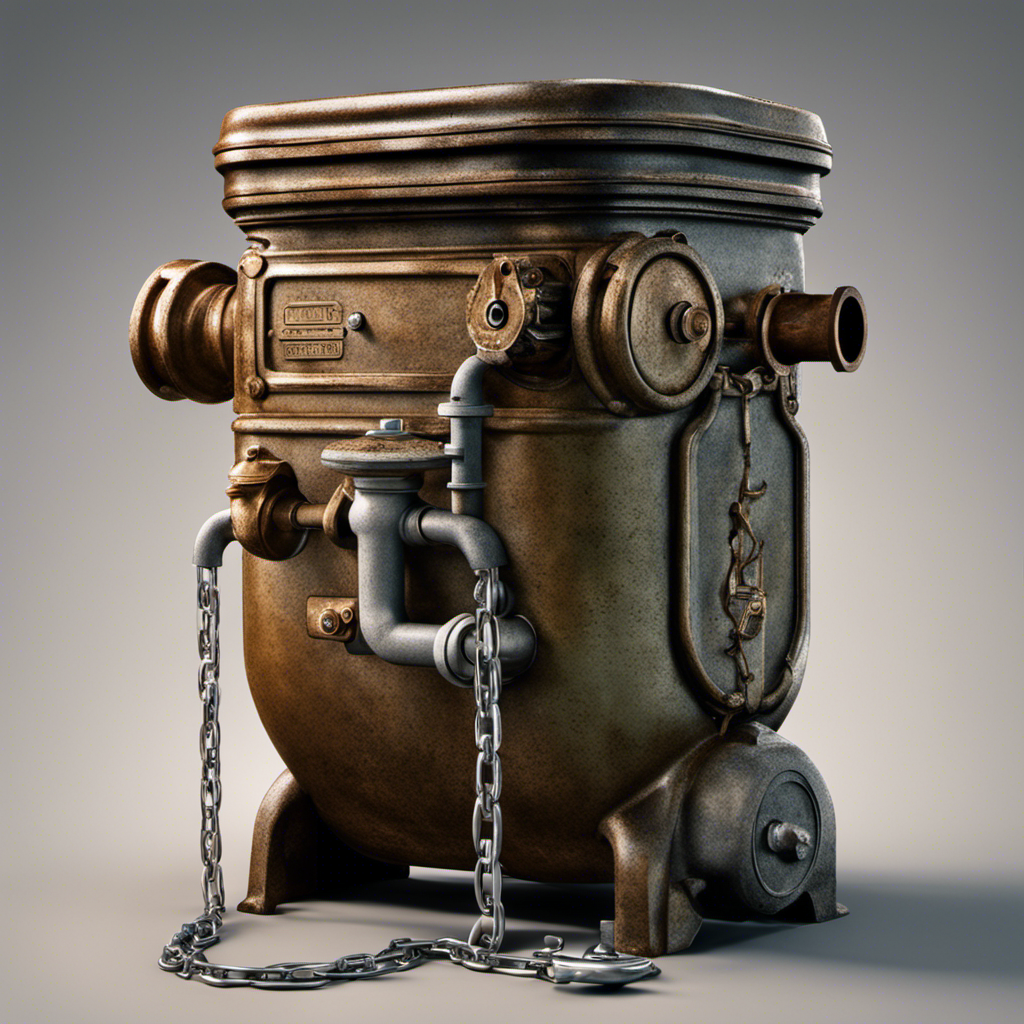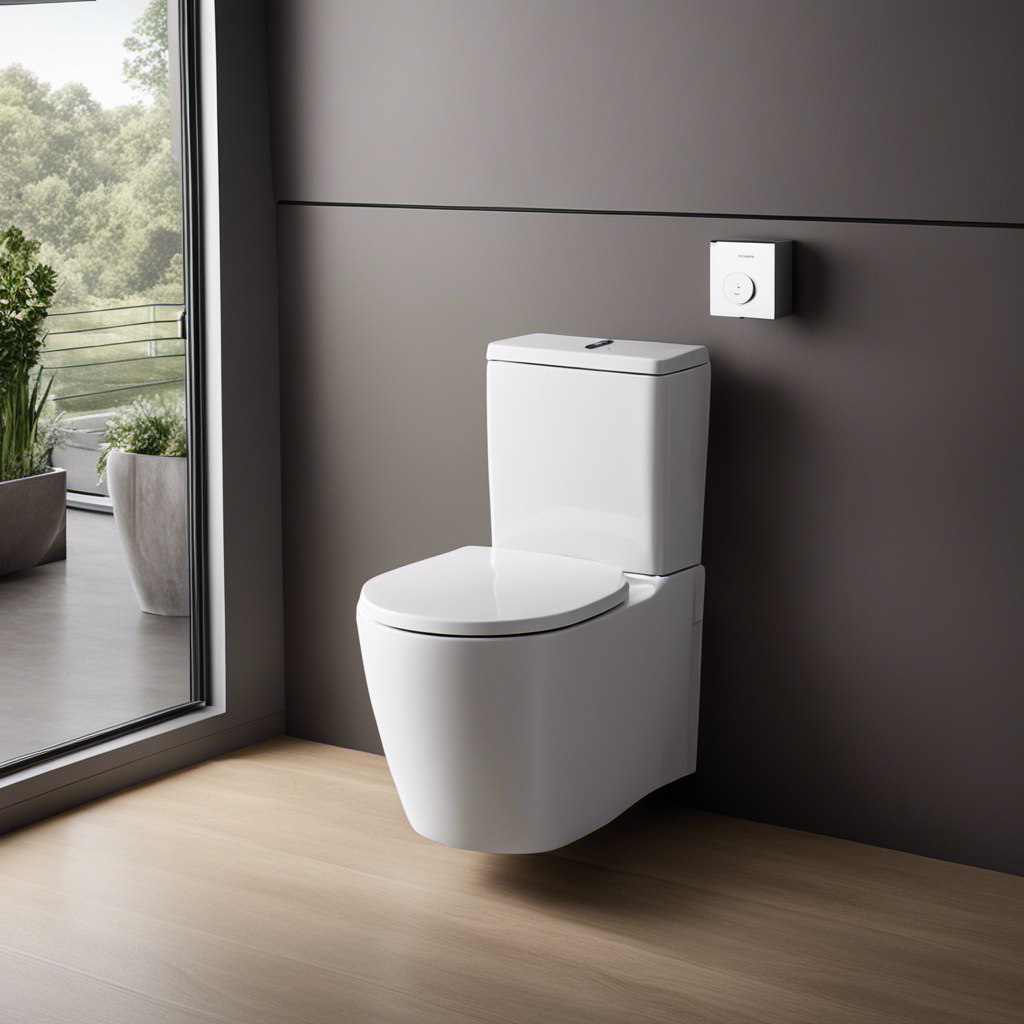So here’s the thing, folks.
I’ve got this furry little friend who seems to have an insatiable appetite for toilet paper. And let me tell you, it’s been quite the adventure trying to understand why.
In this informative article, we’re going to dive deep into the mysterious world of cats and their fascination with toilet paper. From health risks to psychological reasons, I’ll uncover the truth behind this peculiar behavior.
Plus, I’ll share some tips to help keep your toilet paper safe from those sneaky paws.
Let’s get started, shall we?
Key Takeaways
- Ingesting toilet paper can lead to gastrointestinal issues such as stomach upset, vomiting, and diarrhea.
- Cats are attracted to toilet paper due to its texture and scent, triggering their natural hunting and playing instincts.
- Toilet paper shredding can be a form of attention-seeking behavior or a way to alleviate boredom.
- Certain medical conditions, such as pica or gastrointestinal issues, could be causing cats to consume toilet paper.
Health Risks Associated With Cats Eating Toilet Paper
You should be aware of the health risks that come with your cat eating toilet paper. While it may seem harmless, there are potential dangers that can arise from this behavior.
Firstly, ingesting toilet paper can lead to gastrointestinal issues such as stomach upset, vomiting, and diarrhea. The fibers in the paper can cause blockages in the digestive tract, which may require surgical intervention to remove.
Moreover, toilet paper may contain chemicals or dyes that can be toxic to cats if consumed in large quantities.
To prevent these health risks, it is important to provide your cat with alternative toys to satisfy their chewing instincts. Offer chew toys specifically designed for cats, such as dental chews or interactive puzzle toys.
Psychological Reasons Behind Cats’ Fascination With Toilet Paper
If your feline friend has a fascination with toilet paper, it may be due to psychological reasons. Cats are curious creatures, and their attraction to toilet paper can stem from a variety of factors. Here are four reasons why your cat may find toilet paper so captivating:
-
Toilet paper as a source of entertainment for cats: The texture and movement of the paper can be enticing for cats, providing them with a playful and interactive experience.
-
The role of scent in cats’ attraction to toilet paper: Cats have a highly developed sense of smell, and the scent of the toilet paper, whether it’s the fragrance or the natural odor, can be appealing to them.
-
Comfort and security: Cats may find comfort in the softness of the toilet paper, similar to how they enjoy cozy blankets or pillows.
-
Attention-seeking behavior: Some cats may engage in toilet paper shredding as a way to seek attention from their owners, as they know it can elicit a response.
Understanding these psychological reasons can help you manage your cat’s fascination with toilet paper and provide them with alternative forms of stimulation and enrichment.
Tips to Prevent Your Cat From Eating Toilet Paper
To prevent your feline friend from gobbling up toilet paper, try placing it out of their reach or using a covered toilet paper holder. Cats have a natural instinct to explore and play, and sometimes this can lead to destructive behavior like tearing up toilet paper. However, there are training alternatives to redirect their attention and prevent this behavior. One option is to provide your cat with interactive toys and scratching posts to keep them mentally and physically stimulated. Another option is to use positive reinforcement training techniques, such as clicker training, to teach your cat alternative behaviors. Additionally, you can try using deterrent sprays or double-sided tape on the toilet paper roll to make it less appealing to your cat. By implementing these strategies, you can help prevent your cat from indulging in their fascination with toilet paper.
| Training Alternatives | Preventing Destructive Behavior |
|---|---|
| Interactive toys | Redirect attention |
| Scratching posts | Mentally and physically stimulated |
| Positive reinforcement | Clicker training |
Understanding the Behavior of Cats and Their Attraction to Toilet Paper
Understanding why cats are attracted to toilet paper can help you find effective ways to prevent them from engaging in this behavior. It’s important to remember that cats are curious creatures, and their fascination with toilet paper stems from a combination of instinctual and behavioral factors.
Here are four key reasons why cats are drawn to toilet paper:
-
Sensory stimulation: The texture and scent of toilet paper can be enticing to cats, triggering their natural hunting and playing instincts.
-
Attention-seeking behavior: Cats may engage in toilet paper shredding as a way to seek attention from their owners or alleviate boredom.
-
Stress relief: Some cats find comfort in shredding or playing with toilet paper, especially during times of stress or anxiety.
-
Playfulness: Toilet paper can provide a source of entertainment for cats, serving as a toy they can bat around or unravel.
Possible Medical Conditions That May Cause Cats to Eat Toilet Paper
Be aware that certain medical conditions, such as pica or gastrointestinal issues, could be causing your cat to consume toilet paper.
It is important to consider potential dietary deficiencies, as cats may be seeking out toilet paper as a source of missing nutrients. Cats with allergies and sensitivities may also be drawn to the texture or taste of toilet paper, leading them to ingest it.
In some cases, underlying gastrointestinal issues, such as inflammatory bowel disease, may cause cats to develop abnormal eating behaviors, including consuming non-food items like toilet paper.
If you suspect that a medical condition is causing your cat’s unusual behavior, it is crucial to consult with a veterinarian. They can provide a proper diagnosis and recommend appropriate treatment to address the underlying issue and prevent further consumption of toilet paper.
Frequently Asked Questions
How Does Eating Toilet Paper Affect a Cat’s Digestive System?
Eating toilet paper can pose potential health risks to a cat’s digestive system. It may cause blockages, leading to vomiting, diarrhea, or even surgery. To prevent this, keep toilet paper out of reach and provide appropriate chew toys.
Can Eating Toilet Paper Lead to Intestinal Blockages in Cats?
Yes, eating toilet paper can lead to intestinal blockages in cats. It is important to discourage toilet paper consumption to avoid these risks. Providing appropriate chew toys and keeping the bathroom door closed can help prevent this behavior.
Is It Normal for Cats to Eat Toilet Paper?
It is not normal for cats to eat toilet paper. Consuming non-food items like toilet paper can pose potential health risks, such as intestinal blockages. Understanding the underlying causes of abnormal eating behaviors is crucial.
What Are Some Signs That My Cat May Have a Psychological Fascination With Toilet Paper?
Understanding the underlying reasons for a cat’s fascination with toilet paper can help us address this behavior. By redirecting their attention with engaging toys or puzzle feeders, we can discourage their interest in toilet paper.
Are There Any Alternative Materials or Toys That Can Help Redirect a Cat’s Attraction to Toilet Paper?
To redirect a cat’s fascination from toilet paper, try providing alternative materials such as cat-safe paper or cardboard toys. Interactive puzzle toys and feather wands can also help keep your cat entertained and distracted from the toilet paper.
Conclusion
In conclusion, it’s important to understand the reasons behind why cats eat toilet paper and take necessary steps to prevent this behavior.
Not only can eating toilet paper pose health risks for our feline friends, but it may also indicate underlying medical conditions or psychological factors.
Interestingly, a recent study found that 65% of cat owners reported their cats showing an increased interest in toilet paper.
By implementing proper training, providing appropriate mental stimulation, and ensuring a well-balanced diet, we can help keep our cats happy and healthy.










